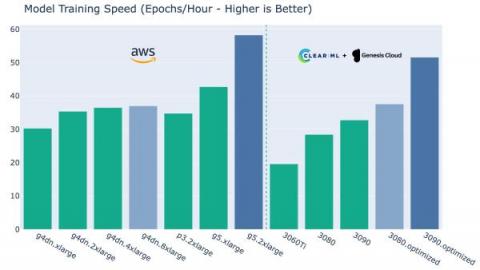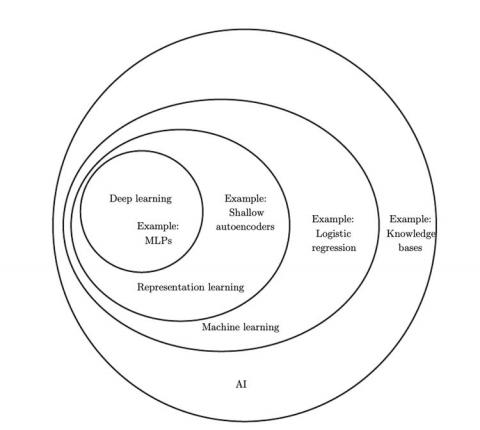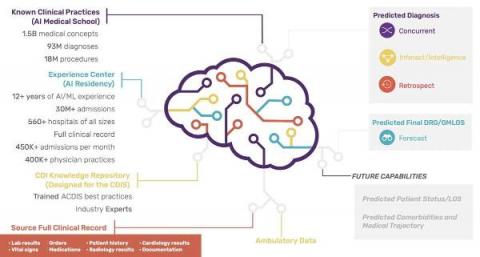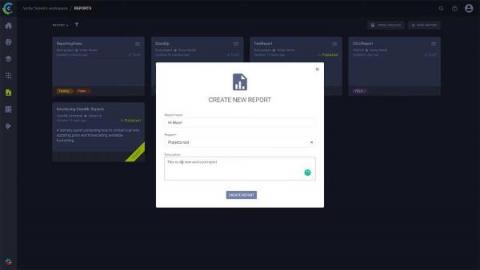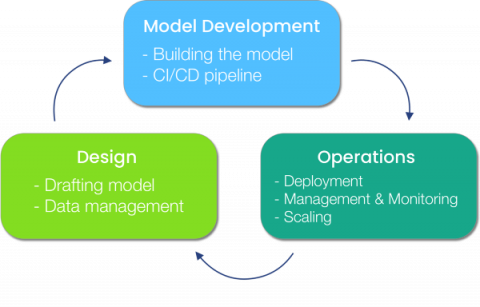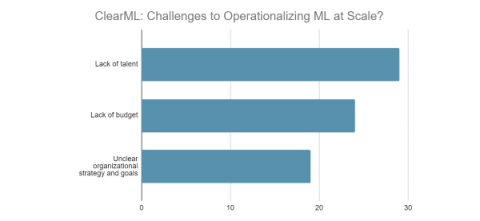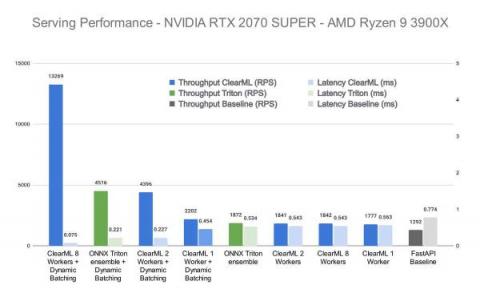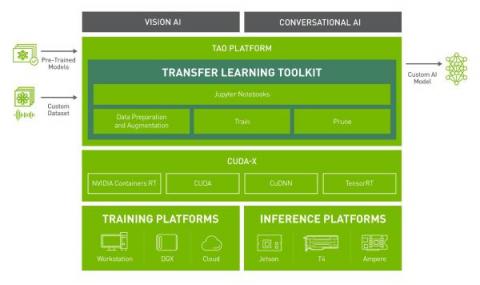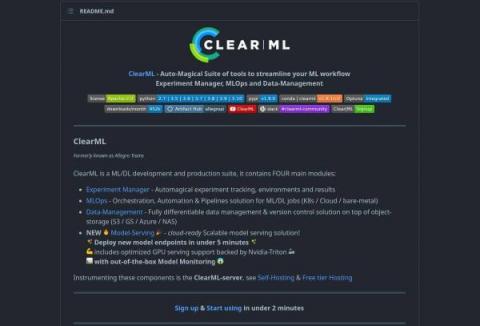Consumer GPUs vs Datacenter GPUs for CV: The Surprising Cost-Effective Winner
We recently rolled out our very own GPU autoscaler in Collaboration with Genesis Cloud and it has been quite a success. Also recently, YOLOv8 by Ultralytics was unveiled, the new king of object detection, segmentation and classification. In this blogpost we’ll see that you can train a computer vision model using the ClearML/Genesis Cloud autoscaler at a fraction of the cost of competing cloud services like AWS or GCP. And it even runs 100% off of green energy! 😎


